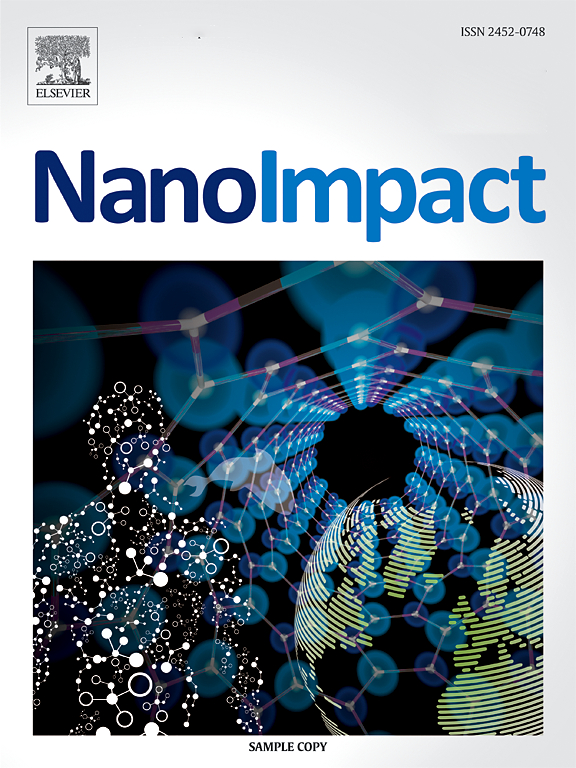Boosting advanced material's innovation – Are we regulatory prepared?
IF 5.5
3区 环境科学与生态学
Q2 ENVIRONMENTAL SCIENCES
引用次数: 0
Abstract
In its policy communications, the European Commission placed advanced materials (AdMa) at the forefront of its strategic agenda, highlighting them as crucial elements to strive for a more sustainable, competitive, and resilient Europe. AdMa are referred to as a broad and heterogeneous group of materials that have been deliberately designed to achieve new, improved or specific functionalities. They are considered to support global challenges such as the energy transition, sustainable mobility concepts or health protection by offering technical solutions. AdMa comprise for instance nanomaterials with an upper size limit of 100 nm that are more complex in structure or composition. However, there are other AdMa that are not or only conditionally considered as nanomaterial. Based on current technical opportunities and innovation funding, it is expected that some of them will be marketed in considerable quantities. At the same time, these developments bring legal challenges related to chemical safety. In this publication we present regulatory challenges and questions that are linked with AdMa in the nanosize range and beyond. This includes considerations on a legal definition of AdMa, and whether AdMa should be regarded as substances, mixtures or articles, methodological challenges and regulatory relevant research to make regulatory risk assessment fit for purpose. Finally, we present a way forward by proposing actions for different stakeholders to encourage Regulatory Preparedness among policy makers and authorities and increase legal clarity for innovators. Timely addressing the regulatory needs in a fit for purpose chemicals legislation and regulatory risk assessment framework will facilitate and enable reaching the European Commission's goals and strategies towards a more sustainable, competitive, and resilient Europe.

推进先进材料创新——我们做好监管准备了吗?
在其政策沟通中,欧盟委员会将先进材料(AdMa)置于其战略议程的最前沿,强调它们是努力实现更具可持续性、竞争力和弹性的欧洲的关键要素。AdMa指的是一组广泛而异构的材料,这些材料经过精心设计,以实现新的、改进的或特定的功能。它们被认为通过提供技术解决方案来支持能源转型、可持续流动概念或健康保护等全球挑战。AdMa包括例如在结构或组成上更复杂的尺寸上限为100 nm的纳米材料。然而,也有其他AdMa不是或只是有条件地被认为是纳米材料。根据目前的技术机会和创新资金,预计其中一些将大量销售。与此同时,这些发展带来了与化学品安全相关的法律挑战。在这篇文章中,我们提出了与AdMa在纳米及更大范围内相关的监管挑战和问题。这包括对AdMa的法律定义的考虑,以及AdMa是否应被视为物质、混合物或物品,方法挑战和监管相关研究,以使监管风险评估适合目的。最后,我们为不同的利益相关者提出了一项行动建议,以鼓励政策制定者和当局做好监管准备,并为创新者增加法律清晰度。在符合用途的化学品立法和监管风险评估框架中及时解决监管需求,将有助于实现欧盟委员会的目标和战略,以实现更具可持续性、竞争力和弹性的欧洲。
本文章由计算机程序翻译,如有差异,请以英文原文为准。
求助全文
约1分钟内获得全文
求助全文
来源期刊

NanoImpact
Social Sciences-Safety Research
CiteScore
11.00
自引率
6.10%
发文量
69
审稿时长
23 days
期刊介绍:
NanoImpact is a multidisciplinary journal that focuses on nanosafety research and areas related to the impacts of manufactured nanomaterials on human and environmental systems and the behavior of nanomaterials in these systems.
 求助内容:
求助内容: 应助结果提醒方式:
应助结果提醒方式:


